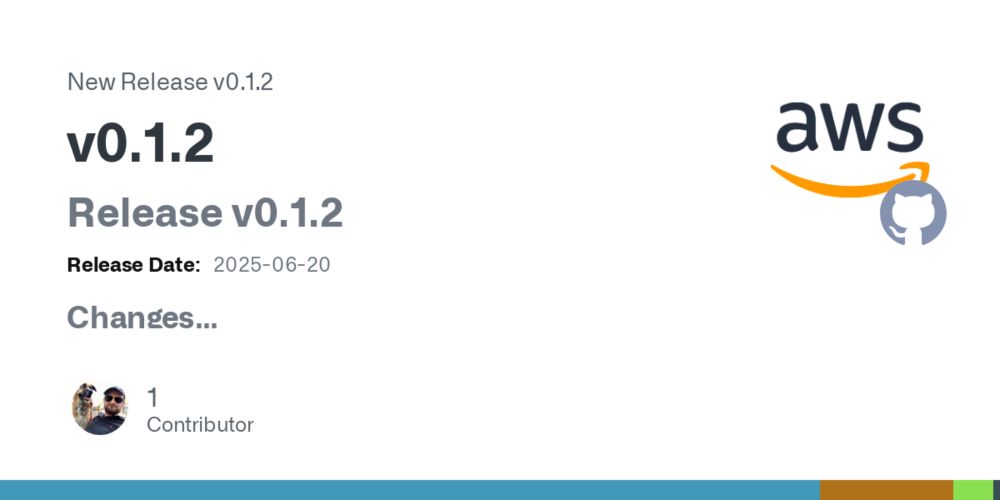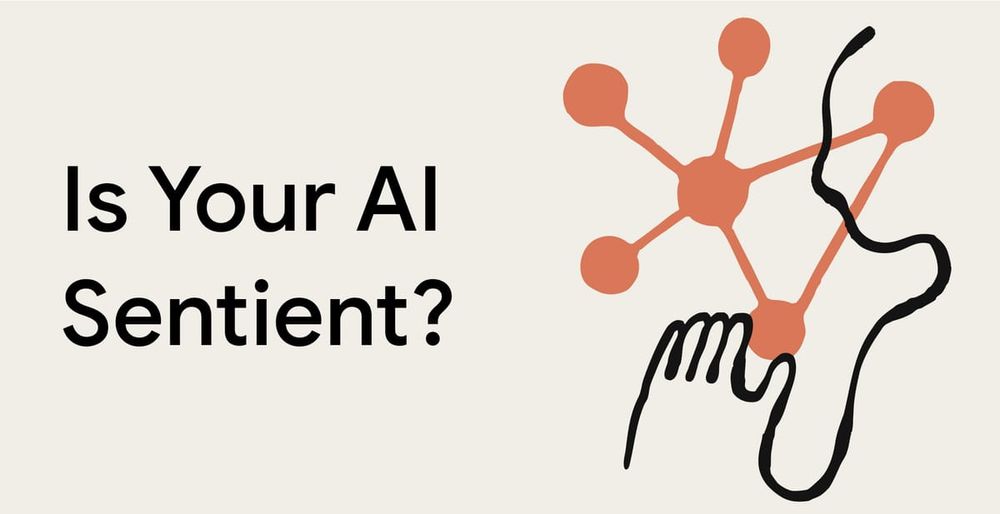Never blindly trust the data you're given.
Not from collaborators. Not from vendors. Not even from “reliable” sources.
Here’s why:

Never blindly trust the data you're given.
Not from collaborators. Not from vendors. Not even from “reliable” sources.
Here’s why:


#genomics #wdl #cwl #nextflow

Here’s the brutal truth: most tool documentation fails the people it’s meant to help.
And it’s not because the algorithms are bad.

A useful error message contains: 1. The specific error, 2. The likely cause, 3. Potential actions a user can take to prevent the error.
A useful error message contains: 1. The specific error, 2. The likely cause, 3. Potential actions a user can take to prevent the error.


@hhmijanelia.bsky.social scientist Andrew Moore used our open graphics tool AGAVE to create this image showing the ER's outer membrane. The tool borrows animation studio techniques to create realistic light sources.



Many examples use hardcoded credentials. These should never really be used. The good news is that in almost all cases there is a better way. When working with services like GitHub Actions and workflows you can use Open ID Connect (OIDC) for auth to AWS. (1️⃣/3️⃣)
🧵

Many examples use hardcoded credentials. These should never really be used. The good news is that in almost all cases there is a better way. When working with services like GitHub Actions and workflows you can use Open ID Connect (OIDC) for auth to AWS. (1️⃣/3️⃣)
🧵


What’s your flag count?
What’s your flag count?
aws.amazon.com/blogs/indust...

aws.amazon.com/blogs/indust...




